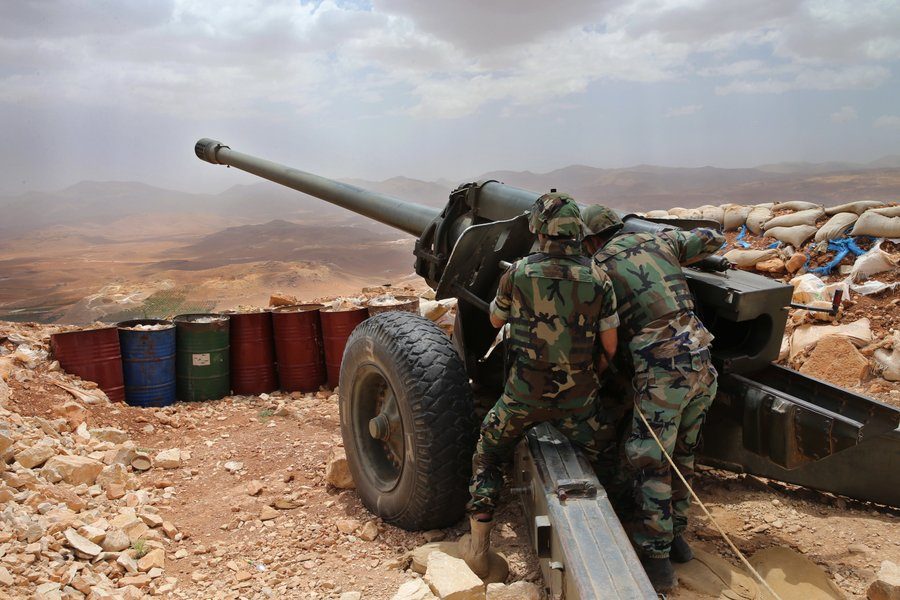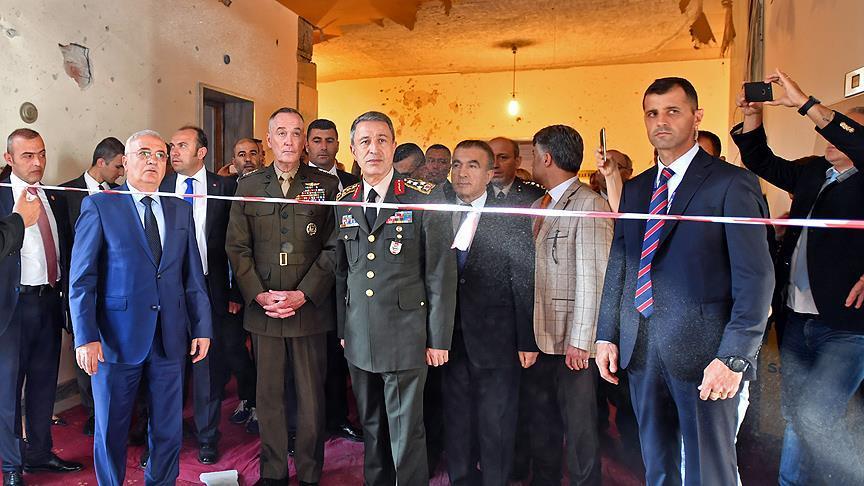
 NAGEHAN ALÇI*
NAGEHAN ALÇI*
The discussions on de-escalation zones in Syria show how Turkey’s position, which balances each party, is crucial for regional stability
The resolution efforts regarding Syria are ongoing. The Astana agreement entered into force on May 6 and Russia announced that the security buffers, checkpoints and observation posts will be run by units of the guarantor countries; namely Turkey, Iran and Russia. Russian commander Sergei Rudskoy said in a statement that military forces from other countries could also be assigned given the approval of guarantor countries.
It remains too early to tell whether the agreement will be able to offer a solution to the crisis, and whether the parties in Syria are of the same opinion regarding the agreement. Although Russia points out that the United Nations, the U.S. and Saudi Arabia also support the agreement, the U.S. Department of State announced that they are concerned about Iran’s involvement as a guarantor.
In brief, the parties have not yet been convinced about the peace process that was kicked off in Astana by Turkey, Russia and Iran. If they overcome points of divergence and the process goes smoothly, the de-escalation zones, which include the whole of Idlib province, parts of Latakia, Aleppo, Hama, Daraa and Quneitra provinces, plus parts of Damascus and the East Ghouta region, might be expanded.
However, Syrian opposition groups have objected to the agreement due to the involvement of Iran, stating that they do not accept Iran as a guarantor since it is the leading proponent of Bashar al-Assad. Can a chance of resolution emerge provided that the parties give consent and the plan functions accordingly?
The de-escalation zones aim to include four main areas where clashes between the regime and opponents continue. If a lasting state of non-conflict is achieved in those regions, the next phase of the plan will be introduced, in which the representatives of the regions will negotiate for a political consensus. So this plan offered for permanent peace is only an intermediary step. It is not yet certain how the de-escalation can be rendered permanent. But still, the general framework of the plan looks promising: The four regions will be closed to military flights, the parties will avoid clashes with each other and checkpoints surrounding the regions will be established as part of this framework. The checkpoints are particularly crucial, since they will act as buffers between the regime and opposition forces. The forces of guarantor countries, or other affiliated forces, are to be deployed at these points.
This plan recalls the position of the U.S., since it grants Russia the initiative to decide on which forces would be deployed where. This provides Moscow with a great advantage, as opposed to Washington. Will the U.S. accept this position?
According to Dr. Serhat Erkmen, the main issue that has emerged with this plan is the division of Syria into areas of influence between the U.S. and Russia. Russia offers the U.S. the north, northwest and east of Syria as operation fields. In doing so, the country shares Syria with the U.S.
Turkey’s position is noteworthy in the context of this “sharing.” Even though Russia and Turkey seem to be on the same side as guarantor countries, Turkey is also one of the significant allies of the U.S. Although the U.S. overlooked Turkey’s wishes in Raqqa, Turkey’s position in Idlib demonstrates once again how crucial for Syria its role could be. Considering all these developments, it becomes more obvious that the meeting between U.S. President Donald Trump and Turkish President Recep Tayyip Erdoğan scheduled for next week is of critical importance.
* NAGEHAN ALÇI is a Turkish Columnist. She writes for Daily Sabah Turkish newspaper.
(Published in Daily Sabah on May 10, 2017)



